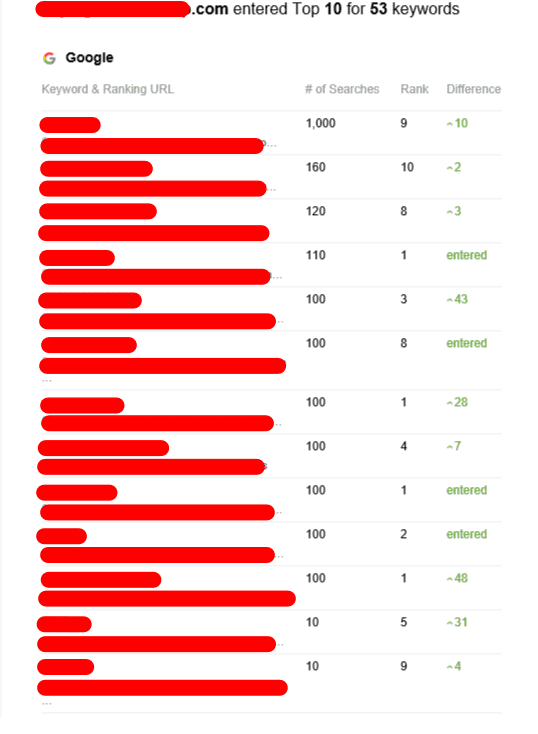Tiered Link Building - The Dangers of Black Hat Link Building
Tiered link building is a fantastic way to improve your search engine rank. It is important to remember that black-hat tactics can be dangerous. Search engines like Google have been slaying these practices for a long time with their many updates.
Avoid black-hat techniques such as PBNs and blog comments. These are a waste time and can cause penalties from Google.
First-tier links
This method of link building involves placing links on websites that have an impressive domain authority (DA) and a lot of monthly traffic. This is an excellent method to get your website noticed by search engines. However, it is not the ideal solution for every situation. Although it can temporarily increase your rankings, you must still focus on the quality and quantity of your backlinks.
The goal of first-tier backlinks to build your profile by incorporating a few high-quality, natural-looking links. This will help you rank for keywords that are relevant to your field. It will also help your website gain an improved reputation, which is essential for getting the most traffic from search results.
While some SEOs of the black hat swear by tiered link building, it's still a risky strategy. It's not in line with Google Webmaster Guidelines and if a human reviewer finds out the issue, they may take a manual action which could have a significant impact on your rankings.
To avoid this To avoid this risk, you should make your first-tier links appear as natural as possible. That means they should contribute to the content in which they're embedded, and should not appear obvious or sloppy. It's also a good idea to check whether the directory in which you are posting your first-tier links is index by Google. You can confirm this by entering the URL of the directory to the search engine like Google and observing how many results come up.
Second-tier links
Tiered link building can be an excellent way to increase your PBN's power, but it's not without its risks. Google is snatching at links that appear fake and the low-quality link tiered link ing construction relies on will become less effective over time. In the end, this kind of link-building could result in penalties for your website and may result in a decrease in your rankings.
It is important to avoid being penalized by using white-hat techniques when creating your second-tier link. You can find high-quality articles on sites that are relevant to your field. These websites will be more authoritative than forums or comments, and are more likely to be clicked on by people reading them. You could also consider submitting articles to directories that are relevant. Another excellent option is to sign up with HARO, an email subscription service that sends you daily emails with topics that reporters are interested in covering.
Second-tier links not only boost the authority of your PBN however they can also boost the quality and quantity of your primary backlinks. Second-tier links built on sites with a high domain authority increase the authority of primary backlinks. It's best to mix standalone links from second-tier with second-tier secondary links used as primary links. This will maximize the benefits.
Third-tier links
Tiered link development has become a well-known method to boost the credibility of websites. It can be used to increase traffic, boost rankings, and increase revenue. This method involves constructing a chain of backlinks that gradually improves in quality. It also helps to bypass spam filters.

However, the process of building tiers of links can become risky if it is not executed correctly. Google could penalize your site if you use too many links with poor quality. Google's Webmaster Guidelines do not allow for tiered linking.
Tier 1 links are of the best quality. They should be linked to the keywords you're targeting and be relevant to the content of your page. This will allow your website to rank for the keyword you're targeting, which will result in more visitors.
Tier 2 links are a bit less important. These links are usually directed to directories, blogs or Q&A websites. Tier 3 links tend to be slightly more shady however they can add value to your link profile. They include comment sections, forums, and bio profile links. In general, those who participate in tiered link building tends to overlook relevance, quality as well as context, context, and quality at this stage. They use automated tools to generate third-tier links, and connect them to low-authority websites.
Fourth-tier links
Tiered link building is an effective method of increasing the ranking of a site's organically. It's only effective when employed in conjunction with other white-hat SEO strategies. Google may penalize your website if you do not follow these guidelines. The reason for this is that tiered links are often linked to low-quality content which Google believes is an attempt to manipulate its algorithm for ranking.
Tiered links are also linked to websites or blogs that are not of high quality. They could lose their value if search engines begin to think they are spammy and irrelevant. They are also available on low-quality profiles on social media or web 2.0 platforms, and other sites with user-generated content. The quality of these backlinks is generally low, and they can be built by using automated tools.
In addition to these drawbacks, using tiered link building can result in an over-exaggerated and inflated profile of backlinks, which can harm SEO of a website. This is because it is difficult to distinguish between quality and low-quality backlinks. It can also be expensive for a business to manage many links. It is advisable to employ a tiered approach to building links as part of a comprehensive content marketing campaign. This will ensure that your content is relevant for your intended audience and is more likely to drive traffic to your site.
